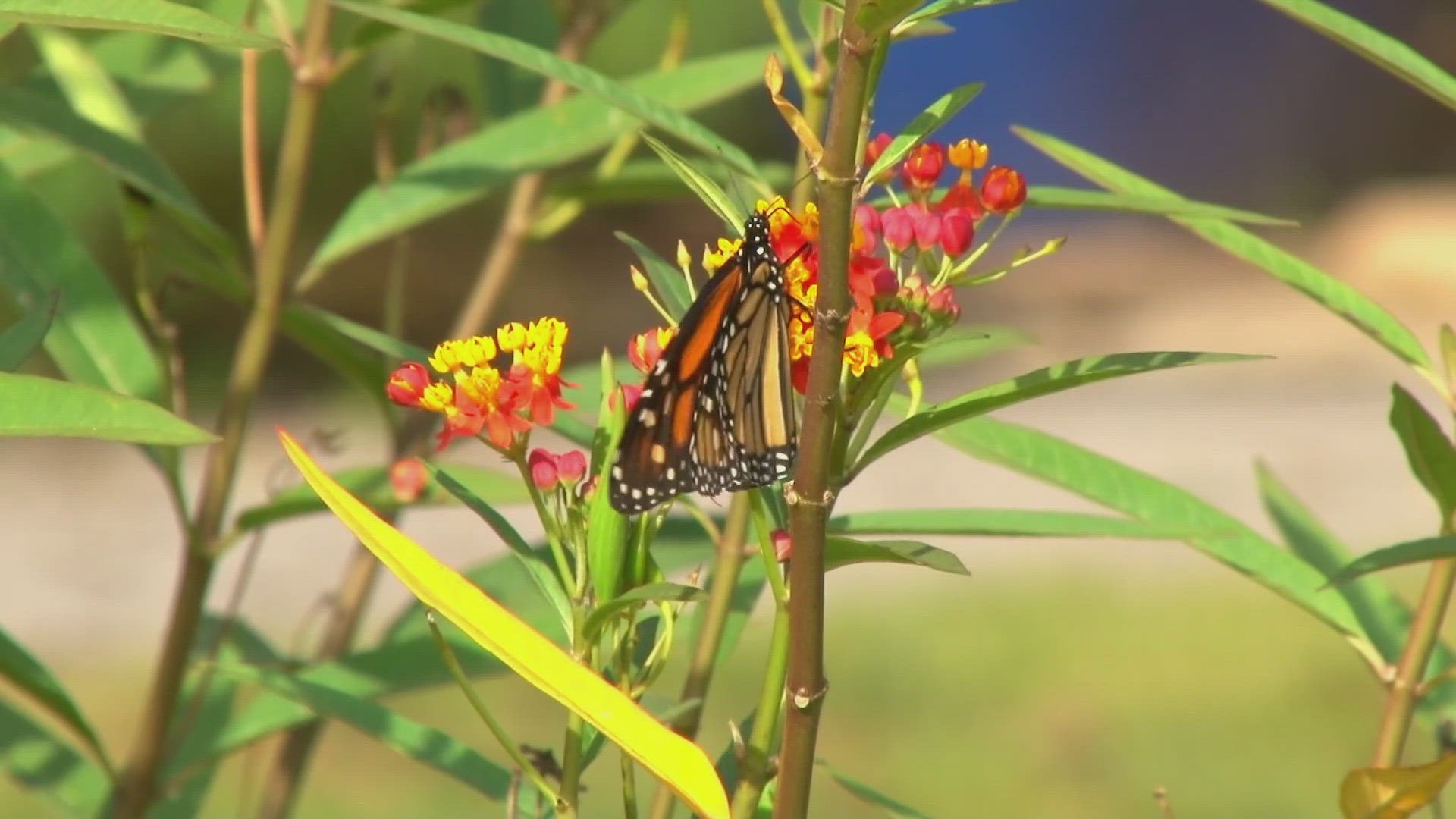Great Smoky Mountains Natl. Park — Monarch butterflies are at risk of becoming an endangered species. Right now, volunteers in the Great Smoky Mountains National Park are helping with conservation efforts as the butterflies begin their multi-generational migration from North America to Mexico.
Park visitors can work with leaders from the Great Smoky Mountains Institute at Tremont to capture the monarchs, tag their wings for tracking and release them.
The Institute at Tremont focuses on educating people about nature and connecting them with it. Tyler Thomas, a manager of science, literacy and research, said the institute's goal is to expose as many people as possible to "Lepidoptera," an order of butterflies.
Education about creatures and nature is part of what Thomas does with Tremont, where he leads different programs like tagging monarchs
“This is a big community science project across North America,” Thomas said about the Monarch Watch Tagging Program.
Dave Barak, with the Great Smoky Mountains National Park's public affairs department, said in the fall it’s common to see monarchs nearby in open fields.
“They come here to Great Smoky Mountains National Park in the fall on their way to overwinter in Mexico,” Barak said.
Before the butterflies leave, Thomas helps tag them.
“We’ll very carefully catch them in the nets,” he said.
Then, Thomas or volunteers will attach a sticker to their wing and release them.
“The monarchs typically weigh a little over half a gram and these tags are going to be slightly less than 10mg, so it’s less than two percent of their body weight,” Thomas said. “So we try to make it as minimally invasive as possible but still be able to collect this really valuable data.”
That includes collecting data like how changing weather conditions are affecting the population and the impact of herbicides, in order to inform management and conservation decisions.
Thomas said similar programs have been around since the 1950s, but now it’s more important than ever to take steps to protect Monarch Butterflies.
“They potentially could be listed under the Endangered Species Act going forward,” Thomas said. “So learning more about these populations and their declines, having these long-term data sets hopefully will help us better manage and conserve them.”
That program starts every fall in September. The specific date for next year hasn’t been released, but Tremont will release a few dates to the public where you can learn how to tag the butterflies for free. You also can order your own stickers and do it in your own backyard each fall.

